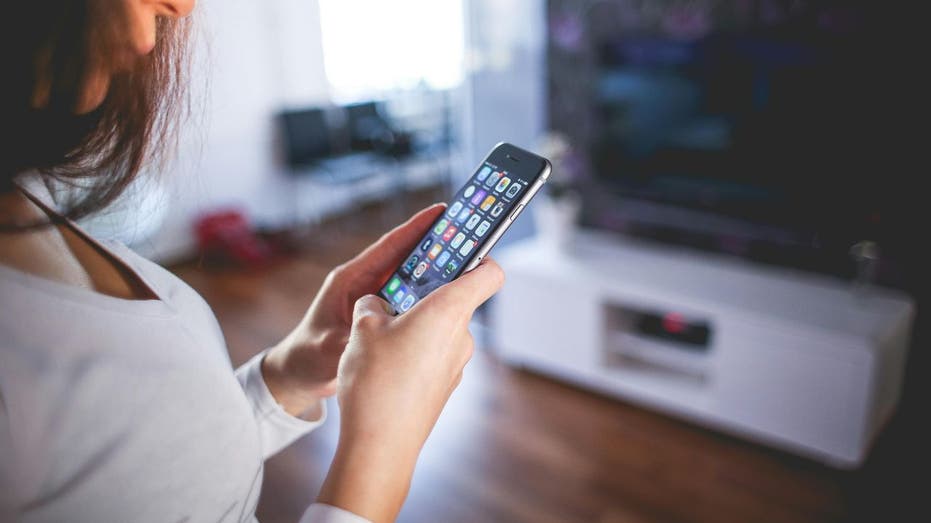- by foxnews
- 08 Apr 2025
Don't get caught in the 'Apple ID suspended' phishing scam
Even the most tech-savvy computer users have to think twice with some of the clever phishing emails scammers are coming up with these days.
- by foxnews
- 25 Nov 2024
- in technology

You might have seen it before since it's been going around for the past few years.
Here's how it works: You get an email from what looks like Apple, saying your Apple ID has been suspended.
The email pretends to be from Apple Support, claiming your access has been suspended due to "unusual activity" or missing or invalid information. It says you can't access your account or Apple services until you verify your identity. There's usually a link that leads to a fake Apple site, asking you to enter your username, password and additional personal details to reactivate your account. To add urgency, it even warns that if you don't verify your Apple ID within 24 hours, it will be permanently blocked.
If you're not paying attention, it's easy to get tricked into clicking the link in a scam like this. But if you're keeping an eye out, there are plenty of red flags. I've added a sample phishing email below, and you'll spot the issues immediately. For one, it's not actually from Apple; the email domain is @uaepass.ae, which has nothing to do with Apple. Any legit Apple email will end with "@email.apple.com," so anything else is an instant red flag.
Then there's the awful grammar and punctuation. A company worth $3.37 trillion can definitely afford a decent content writer. You know someone at Apple is not going to mix up past and present tense like it's their first time writing an email.
Take this gem: "Therefore we need to re-verify your account data. if you did not verify your account within 48 hour, your account will be permanently locked, go to Apple ID and verify as soon as possible." It reads like someone smashed a bunch of words together and called it a day. I'm not trying to give a grammar lesson here, but you get the point.
1. Check the email address: Always verify the sender's email address. Any legitimate email from Apple will come from a domain ending in "@email.apple.com." If it's anything else, like @uaepass.ae, it's a scam.
2. Look for spelling and grammar mistakes: Phishing emails often have poor grammar and punctuation. If the message sounds odd or looks like it was written by someone who doesn't know how to write well, be suspicious.
3. Don't click on suspicious links: If the email asks you to click a link, don't do it right away. Hover over the link to see the actual URL. If it doesn't look like an official Apple website (or any site you trust), don't click it.
5. Verify directly with Apple: If you're ever unsure about an email or message, go directly to Apple's official website or contact their support team. Don't use any contact info provided in a suspicious email.
6. Invest in data removal services: Scammers often use personal information that's readily available online to craft more convincing phishing attempts. By investing in data removal services, you can reduce the amount of personal data that's exposed on the web, making it harder for scammers to target you effectively.
Scammers are getting pretty clever, but you don't have to fall for their tricks. By staying alert and keeping an eye out for those red flags, you can easily spot these phishing attempts before they catch you off guard. Always double-check the sender's email address, watch for bad grammar and don't click on any suspicious links. If something feels off, don't hesitate to go directly to Apple's official website or contact their support team.
Follow Kurt on his social channels
Answers to the most asked CyberGuy questions:
New from Kurt:
Copyright 2024 CyberGuy.com. All rights reserved.
- by foxnews
- descember 09, 2016
Ancient settlement reveals remains of 1,800-year-old dog, baffling experts: 'Preserved quite well'
Archaeologists have recently unearthed the remarkably well-preserved remains of a dog from ancient Rome, shedding light on the widespread practice of ritual sacrifice in antiquity.
read more





